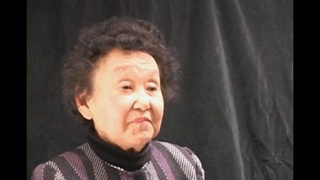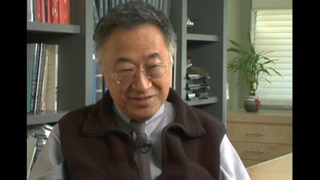Interviews
Memories of dusty conditions at Minidoka incarceration camp
It was very, very dusty. The dust was powdery fine and if I recall, it was about 3 or 4 inches deep. So you just, every time you take a step, you would just have a puff of smoke -- I mean, of dust -- and if you have even the slightest breeze... wow, you're in, like a fog. And when you go to the mess hall to eat, of course, when you chew the food, you can... you can feel the grit of the sand. And it's amazing, even that, you get used to it. I gradually got used to the mixture of sand and food.
Date: August 18, 1997
Location: Washington, US
Interviewer: Lori Hoshino, Stephen Fugita
Contributed by: Denshō: The Japanese American Legacy Project.








